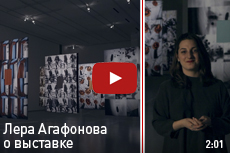The Empire of dreams
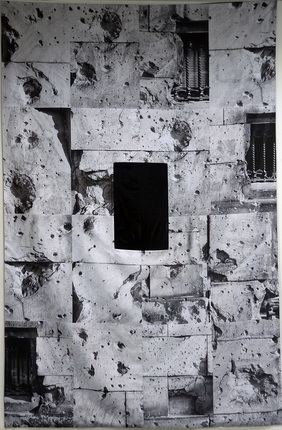
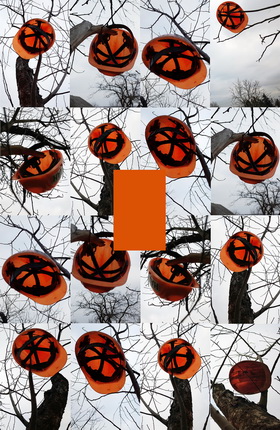
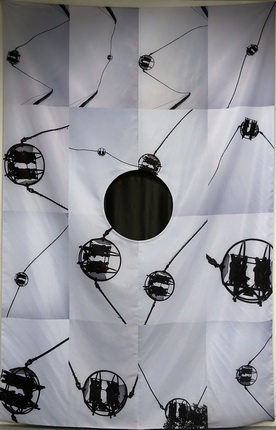
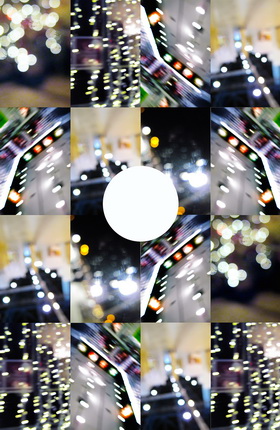
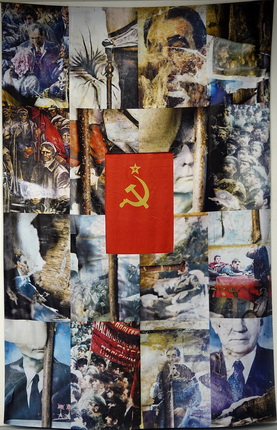
Berlin. From the "The Empire of Dreams" 2017
Orange sky. From the "The Empire of Dreams" 2017
Flying. From the "The Empire of Dreams" 2017
Metrocity. From the "The Empire of Dreams" 2017
Hundred. From the "The Empire of Dreams" 2017
Moscow, 4.03.2017—9.04.2017
exhibition is over
Share with friends
Curator: Anna Zaytseva
For the press
‘Empire of Dreams’ is a new project by Sergey Bratkov, initiated in 2016.
Sergey Bratkov is one of the most popular artists representing Russia and Ukraine on the international art scene. He has participated in the Vienna Biennale (2003, 2007), São Paulo Biennial (2002), Moscow Biennale (2007), Manifesta (2004) and the important exhibition Moscow-Berlin 1950-2000 (2003-2004 at Martin Gropius Bau, Berlin and the State Historical Museum, Moscow). Solo exhibitions have been held at the Fotomuseum at Winterthur (Switzerland), PinchukArtCentre (Ukraine), Deichtorhallen (Hamburg) and Stedelijk Museum voor Actuele Kunst (Ghent). In 2009 Sergey Bratkov was awarded the Innovation prize in the category Visual Art Work.
His development as an artist occurred in the 1980s to1990s, a period determined by the centrifugal vector, when rigid social principles and aesthetic norms were replaced by volatility, ambivalence and plasticity. Bratkov’s art has always existed in the space between diverse identities and diverse media, between documentation and staged composition.
From the outset Bratkov approached the photograph as an installation placed in concrete cubes, printed on fabrics, sealed in jars, etc., thus continuing the conceptual quests of the 1960s artists who experimented with collage and ornamental design.
Such searches harked back to the artist’s perception of the early post-Soviet years as a crisis point in direct documentary photography: ‘It seemed that objective vision was thematically generated. In the first two or three years of their newfound freedom photographers presented everything that had been forbidden and unofficial in Soviet times. A period of subjectivation was started by working with form: the photograph was coloured, cut, scratched, compiled as collage and pasted together, or made into sculpture’. Use of the photograph as a means to create another work remained a key factor for Bratkov.
The origins of the ‘Empire of Dreams’ project date from 1988, when Sergey Bratkov first sewed two quilt covers from the sheets of photo fabric manufactured at this period. They represented a collage of recurring scenes from his dreams. Both then and now Bratkov transforms the quilt cover into a kind of screen where fragments of dreams and memories are projected. But the new project is less subjective: here there is virtually no trace of manual labour and personal dreams are replaced by collective memories whose storyline is now separate but recognisable events from late- or post-Soviet years.
Mass production of quilt covers only commenced after the Second World War. ‘For me this is not merely a question of design, but also a necessity to rapidly erase the horrors of dreams engendered by the trauma people endured,’ the artist says. The ‘manufactured’ look of his objects with yawning geometric apertures in the form of rectangles, rhombi, squares and circles emphasises the mass character and scenic monotony of dreams, apart from any cultural reference to modernist aesthetics, and we are confronted by desires for harmony and beauty that were displaced by history and reality, in Freudian terminology the ‘task of the dream’. However, Bratkov’s authorial stance — now, as then — is by no means straightforward: he has the ability to establish an analytical distance from the object, yet never becomes a lofty observer indifferent to the captured reality.

